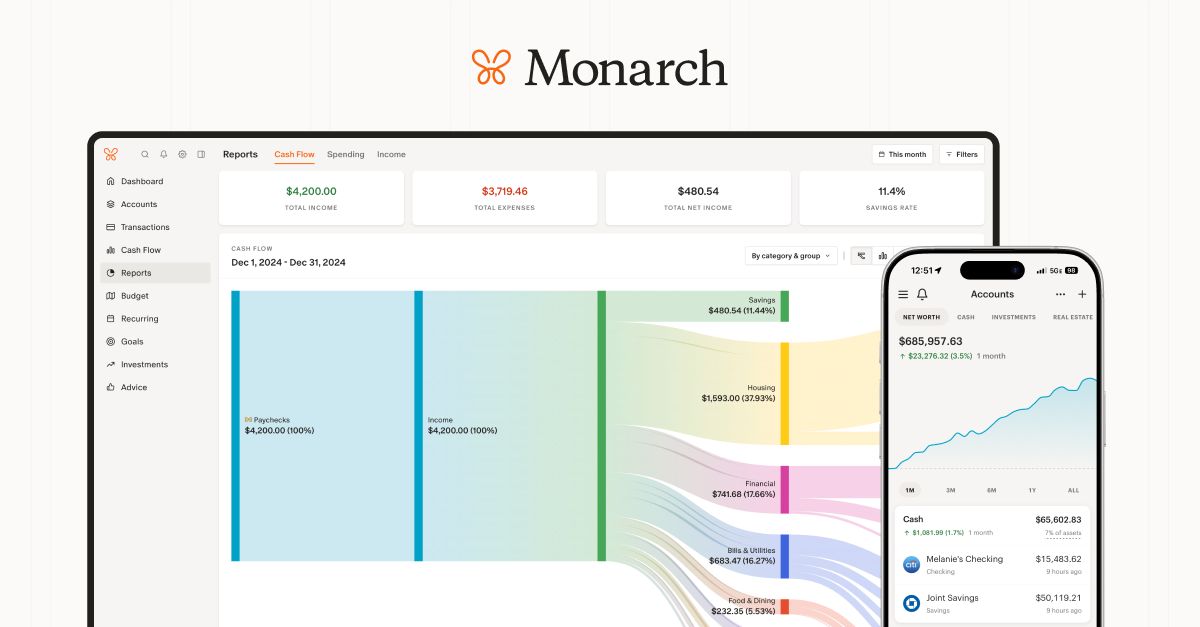- The Borrow Smart Chronicles
- Posts
- Manage Liabilities to Create Wealth
Manage Liabilities to Create Wealth
To create wealth through real estate, you need to manage your debt!

“Debt is like fire. Used properly, it can heat your house. Used improperly, it can burn it down.”

Liability management isn’t just important—it can make the difference between getting rich or staying financially challenged. Debt is leverage, and leverage is powerful.
"Give me a lever long enough and a fulcrum on which to place it, and I shall move the world." — Archimedes (former loan originator and liability advisor)
Let’s break it down:
Your Debt Might be Making You Rich or Keeping You Financially Disabled
Total liabilities sit at $20.9 trillion, with 66% tied up in mortgages. That means most people’s biggest financial lever is their house—but if you don’t manage it right, it’s just a slow-bleeding expense. Smart investors use debt to build wealth, not drain it.Cash Flow is King—Debt Kills It (or Fuels It)
If your liabilities are sucking up your cash flow, you’ve got a problem. Auto loans (7%), student loans (8%), and credit card debt (26%) eat away at your ability to invest, grow, or even breathe financially. The rich manage debt to keep more cash flowing. The uninformed keep paying interest.Your Assets Are Locked—Can You Even Access Them?
You’ve got $189.7 trillion in assets in the US, but 28% is tied up in homes. That means your “wealth” is locked inside illiquid bricks. The key? Using debt strategically—low-cost, long-term, and leveraging it to build real assets that pay you back and have tools (like HELOCS) to access it when appropriate.Bad Debt = Stress. Smart Debt = Leverage.
Debt itself isn’t the problem. It’s how you use it. Revolving credit, high-interest loans, and mismanaged mortgages keep people stuck. Meanwhile, those who understand the three-sided balance sheet use debt to increase net worth and cash flow instead of destroying it.
The Play? Borrow Smart. Repay Smarter.
Don’t just pay off debt blindly. Manage it. Align it with your financial goals. Make sure every dollar of debt you carry is working for you—not against you. That’s how wealth is built. That’s how freedom is created.
a BORROW SMART CONCEPT
Why Call On Financial Advisors? (continuation)
Most of us started by hustling calls to Realtors… and like I promised last week, here’s the interview with Geoff Zimpfer—a guy who’s mastering the art of getting in front of Realtors.
TLDL: a healthy lender business NEEDS both Realtors and Financial Advisors. You already know why Realtors matter, but what if I told you financial advisors could be an even bigger game-changer for your pipeline?
Some of the reasons might shock you—and they’re exactly what separates the top 1% from everyone else. Don’t miss this. 💰🔥
LIABILITIES
What’s Happening?

the longest rate chart I’ve ever seen, we need to focus on the short term (next quarter) and keep in mind the longer term too!

shorter term still expecting two rate cuts this year, but I think it could be closer to 4 or 5

card balances are higher

more consumers paying the minimum need debt consolidation

this time is different - rates ‘typically’ would be going down but they are not…

If you are not getting into these playlists, you should. I have 152 books left in my library, and I’m done; I’ll be posting a link tree next week for all of them, but save these in your Spotify (or Apple or Amazon) favorites and just hit one a day on your drive to or from work:
REAL ESTATE
What’s Happening?

improvement from the prior week - YAY!

rent trending down for 6 months!

YOY, real estate grew 3.9% - staying close to that 4% long term average
"The rich use debt to get richer. The poor use debt to stay poor."
2025 Tax Rates | For Single Filers | For Married Individuals Filing Joint Returns | For Heads of Households |
|---|---|---|---|
10% | $0 to $11,925 | $0 to $23,850 | $0 to $17,000 |
12% | $11,925 to $48,475 | $23,850 to $96,950 | $17,000 to $64,850 |
22% | $48,475 to $103,350 | $96,950 to $206,700 | $64,850 to $103,350 |
24% | $103,350 to $197,300 | $206,700 to $394,600 | $103,350 to $197,300 |
32% | $197,300 to $250,525 | $394,600 to $501,050 | $197,300 to $250,500 |
35% | $250,525 to $626,350 | $501,050 to $751,600 | $250,500 to $626,350 |
37% | $626,350 or more | $751,600 or more | $626,350 or more |
Source: Internal Revenue Service, "Revenue Procedure 2024-40."
“He who blames others has a long way to go on his journey. He who blames himself is halfway there. He who blames no one has arrived.”
ASSETS
What’s Happening?

markets are buoyant!

lot of new money coming in… at highs.

crypto holding up very well

but we are at some high valuations still…

companies don’t live as long as they used to

but they are more productive (caffeinated) and that’s going to cost more in the future!

economy is actually very strong

US more expensive that most other countries

interesting look at job longevity

and where people are moving

and how they want to work

and how they are staying employed
ON BEING HUMAN
What’s Worth Sharing?


surprising diversity in political leadership
DOPAMEMES
And Other Happy Moments…
this is prescient (warning explicit comments) but seems to track a bit with the current climate… it does feel that the wealth gaps are widening broadly.
Was this email forwarded to you? Sign up here.
AI
and The Future of Work…

where the growth is!

I love cycles…

AI will change the professional landscape as this cycle turns

what will drive the most productivity boost?



